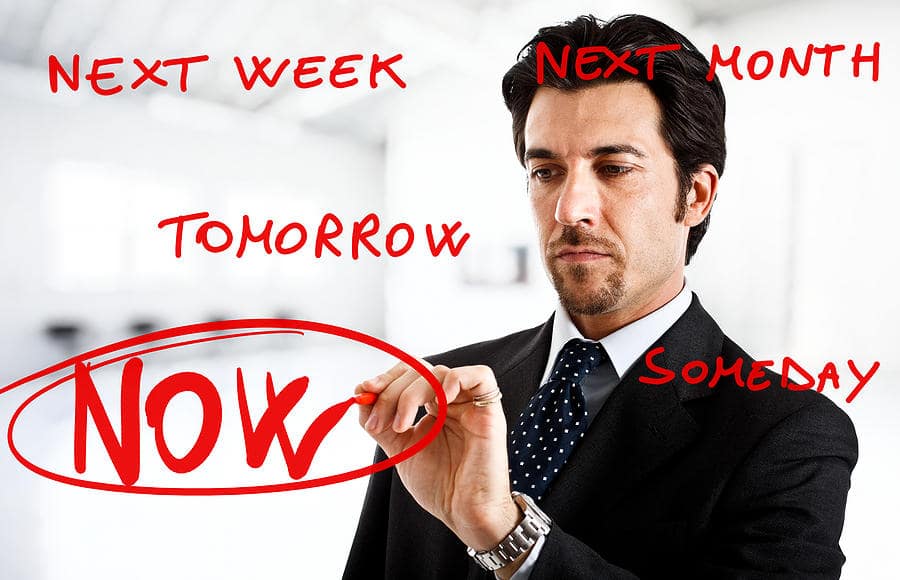If the need for change is so obvious to you why isnât to the rest of the people? In other words, why is change so hard?
According to Change Management: The 5 Câs of Change Response.there are five core reactions people have to change â whether big or small, personal or professional, required or optional. To effectively advocate and implement change, effective leaders need to identify how each stakeholder will react to the change and then you can address their concerns and quickly get them on board the change train.
The 10-20-40-20-10 Rule
1. Champions
The first group is the champions â perhaps 10 percent of the total â who are those who are prepared to stick their necks out, run with an idea, and own what happens. After announcing the change, theyâll right up front wanting to move forward.
But donât get over-confident. Their enthusiasm could give you a false impression of how everyone else feels. And champions wonât question you closely on the merits of your proposal. Also their zeal may be a turn off, rather than a turn-on, for some potential supporters.
Change Tactic:
Identify your champions and give them a specific task to channel their interest and support. Be careful not to give them free rein or they may go off on their tangent different than yours.
Who are your champions? How can you use their interest and support right now to start moving the change in the direction that you want?
2. Chasers
They are generally 20 percent of the total who may not immediately respond positively to your proposal for change. Rather, they look around to see whoâs on board. They want to discuss your idea with others before forming a judgment. Theyâll generally look to a key opinion maker or âtriggerâ person for guidance.
The great advantage of chasers is they give you a more accurate view of how your proposal is flying with others. When they join, youâre making progress. Once committed, theyâll stay. The potential difficulty is the key person they look to may not be totally on board the change.
Change Tactic:
Be aware of the key trigger person(s) or group(s) that people look to for guidance. Will they give a thumbs up or thumbs down? Make sure they are in the communication loop right from the start.
Who are the chasers and who will they looking to for the go ahead? How sure are you that these opinion makers are on board?
3. Converts
40 percent of the total, they are the biggest single group. They listen quietly to the proposed change and probably donât ask questions. But donât confuse their silence with negativity. Converts simply want solid evidence in favor of the change in order to sign up.
Theyâll also need reassurance about what impact the changes will have on them.
Converts have two advantages. Bringing them on board influences the change dynamic for a sizable majority of people. Once theyâre convinced, you have momentum. The main disadvantage is that they may take so long to come around that your initiative stalls or side-tracked.
Change Tactic:
Identify your converts and what might be their concerns even before launching the change process. That way youâll be able to address them early on and not wait until you get indifference or resistance.
What concerns will they have and can you answer them convincingly? What will be a winner for them? And what would possibly be a loser for them?
4. Challengers
There are some really demanding people in the room. This 15-20 percent of the total will ask difficult questions initially and then ⦠continue to do so. Their approach is to confront because they have a strong stake in the outcome.
However, if you can convince challengers that the change will be a good thing, itâs a certain guarantee of success. If you donât win them over, they will continue to cause problems. The disadvantage is they can continue asking questions beyond usefulness and distract you form going forward.
Change Tactic:
Handle challengersâ queries fairly, however irritated you feel. Remember, others are watching. Be firm with them about whatâs on and off the agenda. Provide ground rules and stick to them.
What questions are they bringing up that others could be thinking but not asking? How can you answer them to indirectly reassure others?
5. Changephobics:
The most problematic are the last 5-10 percent of the total who will not be convinced.. They cause dissent and are essentially immovable. Keep in mind that changephobics donât oppose because theyâre bad people, but because they feel youâre destroying something they hold dear.
If youâre seen dealing with them honestly and fairly, youâll gain brownie points from others for being evenhanded. However, the disadvantages are legion: By doing their best to
oppose your initiative, they can slow down or even derail change.
Change Tactic:
The harsh reality is that you have to deal with changephobics as quickly and effectively as you can, whether itâs to another department or out of the organization.
How much of your time and energy do you want to expend to convince them? Should you
be focusing on the other 4Câs?
Smart Moves Tip:
Remember, people are being moved from their comfort zone to a new place. While some may zealously embrace the change, most get very uncomfortable when things start to feel or be different. Therefore, people must understand the reason for change; the process of change; and their role in change. If not, anxiety mounts, trust declines and rumors fly. The next thing you see is the change going off track and heading for a crash. Itâs important to understand why change is so hard and how to make it easier.
Marcia Zidle – The Smart Moves Coach – guides companies to move from Now to Next to Success. She’s host of The Business Edge which delivers practical advice to help business leaders take the growing pains out of growth. Are you facing overwhelming demands on your time? Are costly mistakes eating into your profits? Are you facing increased expectations from customers and clients and the need to strike a better balance in your life? Nowâs the time to stop spending your energy managing problems and start doing your real work: growing your business to the next level and beyond. Learn to create a growth agenda to get your business on the right track and keep it there. Rev up your growth engine with exceptional talent. Develop the right kind of leadership to move it forward fast. Start by tuning in to The Business Edge, airing live every Wednesday at 11 AM Pacific Time.






